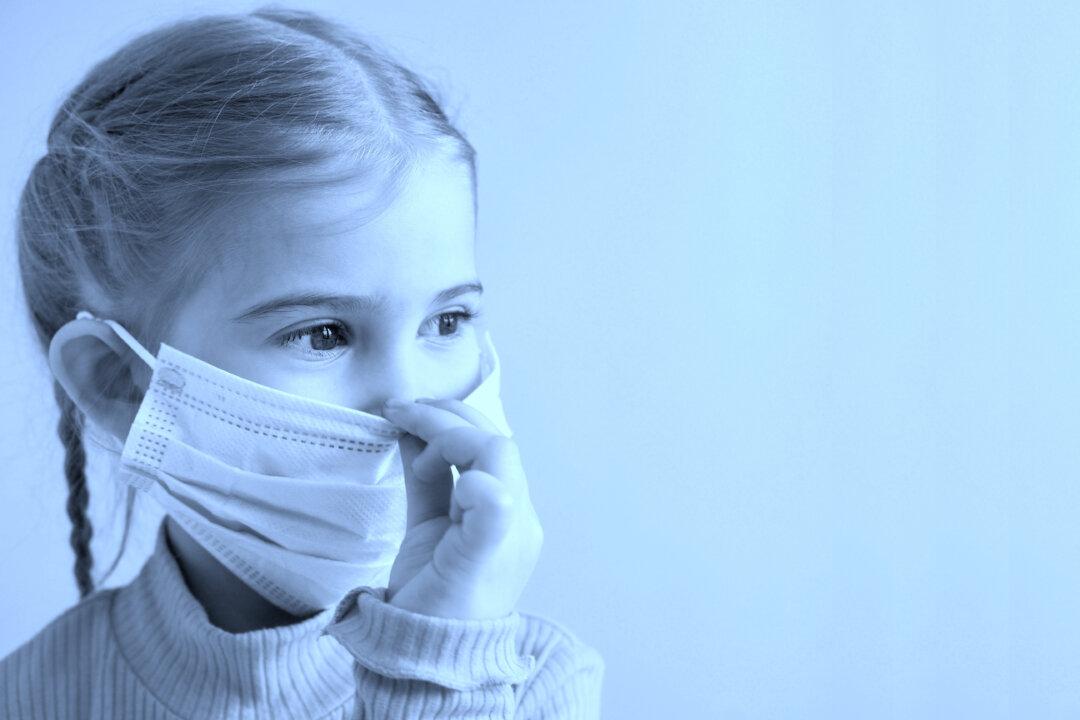Does wearing a cloth or paper face mask protect you from a virus? Is the PCR test a reliable method for identifying an infection? Do lockdowns help slow the spread? Are there any safe medicines that have successfully treated or prevented COVID-19?
Ask these questions to a random selection of people and you’ll probably get very conflicting answers. That’s because there’s a lot of confusion surrounding the COVID pandemic. Health experts have always emphasized that science guides their public health orders, but many doctors, lawmakers, and scientists have challenged these rules on the lack of science that supports them.






